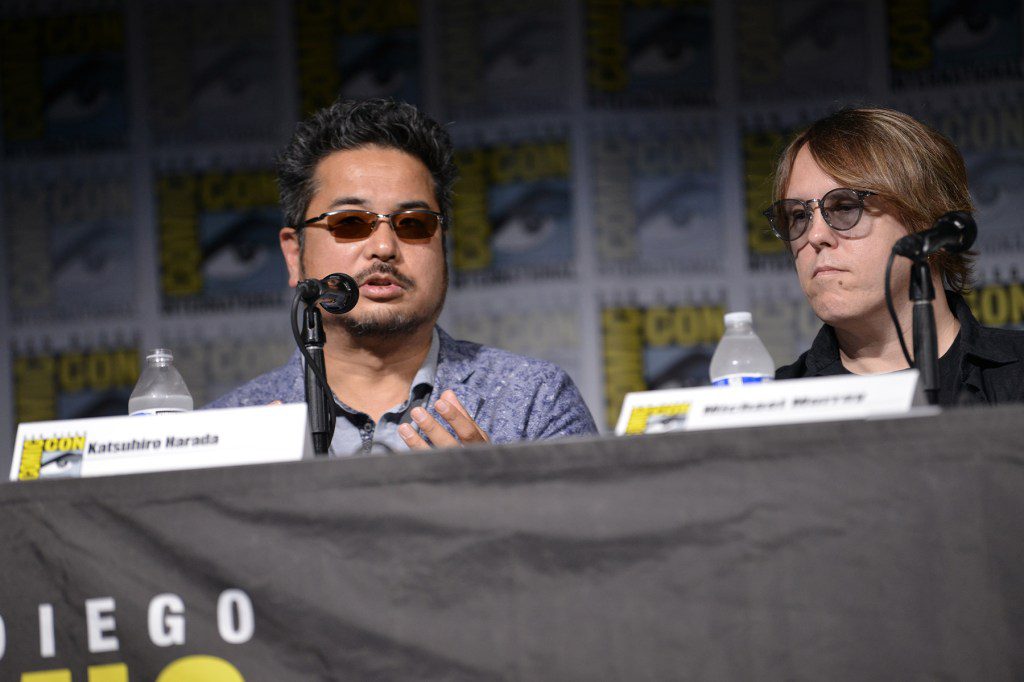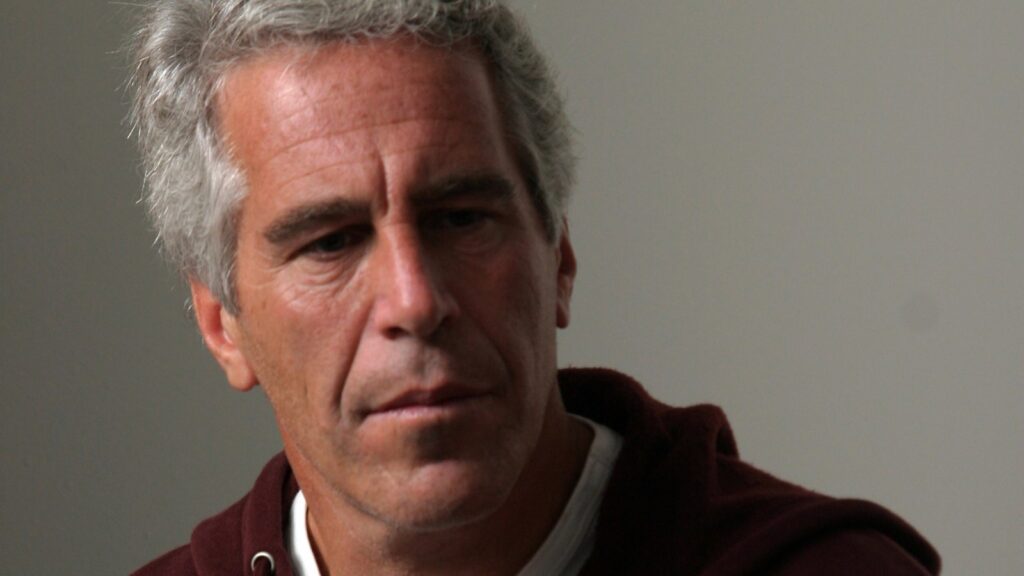‘Tekken’ Director Katsuhiro Harada Won’t Add Waffle House to the Game (Yet)
Few fighting game series have the longevity and popularity of Tekken. From its inception in 1994, its core gameplay mechanics have stayed consistent through many iterations, while also building upon it with updated features. This allowed for the movement, skill, and knowledge that players accumulated throughout the years to carry over with each new entry. The excitement for Tekken 8 reached a fever-pitch when it was released earlier this year and it’s already had a huge impact around the fighting game community.
Tekken 8 recently headlined Evo, North America’s biggest fighting game tournament, setting a record for attendance for the series. 2024 is also a major year for Tekken as it approaches its 30th anniversary. With how prolonged video game development cycles have become, it’s an accomplishment to release a fresh game in time for such a big milestone.
‘Tekken’ director Katsuhiro Harada and producer Michael Murray at SDCC 2023
Chelsea Guglielmino/FilmMagic via Getty Images
Tekken director Katsuhiro Harada has been with the series since the very beginning, starting as a voice actor before eventually becoming executive producer and director for many future entries. Harada is known for being open and candid with fans on the internet, frequently providing insights into not only his own franchise, but other fighting games as well. Producer Michael Murray joined the team during the localization of Tekken 4 and often helps translate for Harada during interviews.
Rolling Stone recently sat down with Harada and Murray to talk about the series’ legacy, Tekken 8’s reception so far, and what plans may be in store for the game’s future.
A new age for Tekken
Like many Japanese fighting games, Tekken has a strong history in the country’s arcade culture. New entries have historically launched on arcade machines in Japan first before coming to any other platforms. The last major entry, 2015’s Tekken 7, followed the trend, releasing in arcades before finally arriving to home consoles and PC two years later.
But that all changed with Tekken 8, as it was the first mainline game in the series to skip the initial arcade release and arrive straight to PC, PlayStation 5, and Xbox Series X|S this past January.
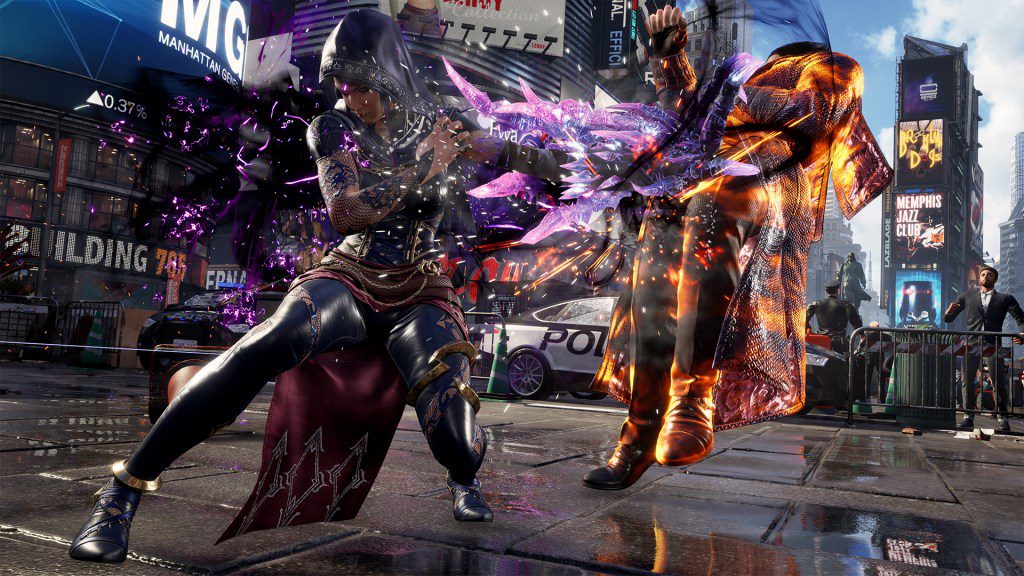
‘Tekken 8’ was the first game in the series to hit home consoles prior to arcades.
Bandai Namco
One of the biggest reasons for Tekken 8’s rollout onto home consoles and PC first is the increasing globalization of the video game industry. A decade ago, many Japanese games still had staggered release dates for the Japanese launch and the international one. Due to older localization processes, fans outside of Japan would have to wait several months for their version to be launched. Now, that’s not the case.
“Everyone has been playing the game from the start on their chosen platform worldwide,” Harada says. “And that’s been very exciting for the fanbase to be able to experience it together at the same time.”
Games that have a single global release date are able to make a more significant and immediate impact than if they had separate ones in different regions. This also leads to more interest in the franchise as a whole. So far, the results have been promising as Tekken 8 has been a smash hit, selling over two million copies during its first month of release. This outpaced its predecessor’s momentum, which took two months to reach the same sales figure.
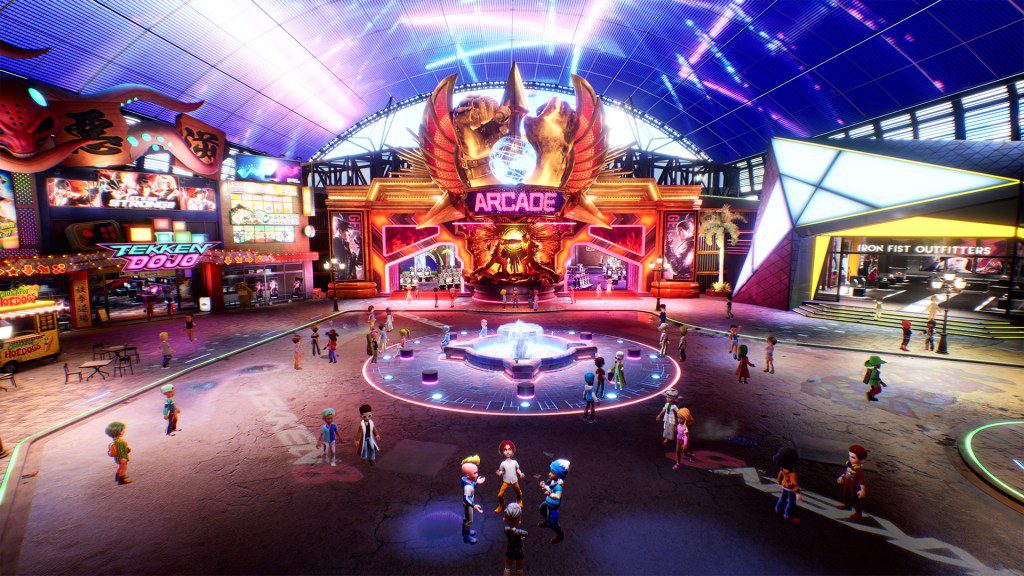
“Arcade Quest” is a mode designed to keep the coin-op vibes alive in-game.
Bandai Namco
Another factor is that arcade culture isn’t as prominent in other countries as it is in Japan, and even there, it’s not nearly as popular as it once was during the Eighties and Nineties. To invoke that nostalgia for the golden age of coin-op games, Tekken 8 has a single-player mode called Arcade Quest where players can create avatars and compete against NPC rivals across virtual arcades. While it’s not a substitute for an actual in-person experience, Bandai Namco has been trying new approaches with Tekken 8’s arcade version.
“At least in Japan, in some of the remaining arcades, we’ve taken the Steam version and made that available to play Tekken 8,” Harada says. “But it’s not like the actual development of an arcade board and the cabinet. So, it’s quite different from the past and limited to certain arcades, but we have been making the game available.”
The cost of development
Earlier this year, a Twitter user was complaining about the costs of individual cosmetic microtransactions in games, such as how Tekken 8 charges approximately $4 per character costume. Harada responded, saying that video game development costs are now 10 times more expensive than in the Nineties, and more than double or triple the cost of Tekken 7’s development. This is because of the increasing demand for high-fidelity graphics and modern gameplay features like online play.
As a result, game development cycles take years now, especially in the case of a big budget series like Tekken. Even after a game’s release, it still costs money to keep online servers running and continually update the game with new content and characters.
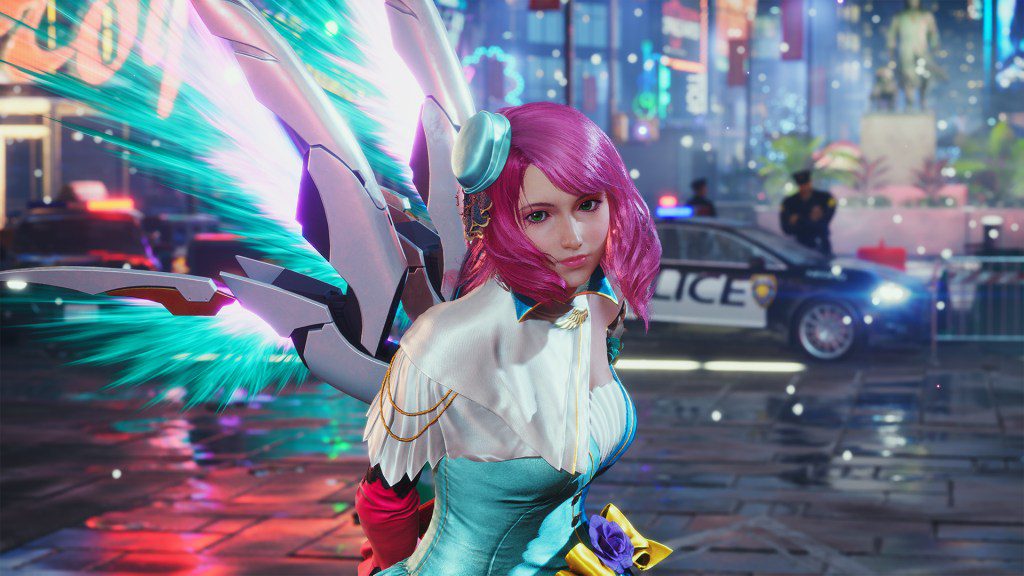
New characters come every few months as part of the game’s seasonal battle pass.
Bandai Namco
Since debuting in 1994 with the first game in the series, Bandai Namco published five Tekken titles and one spin-off in under a decade. After Tekken 6 was released in 2007, the gap years between subsequent follow-ups became wider, with a nine year wait between Tekken 7 in 2015 and Tekken 8 in 2024.
Bandai Namco stayed busy over the years, however, having worked on other Tekken-related projects such as Tekken Tag Tournament 2, the crossover Tekken x Street Fighter, and even a Pokémon fighting game using Tekken gameplay mechanics called Pokkén Tournament.
While rising development cycles and costs are factors in longer times between new installments, this can actually be an advantage for fighting games, as they now also have longer life spans due to the competitive community surrounding them.
“It takes a lot of time to learn the different game systems and also particular characters,” Harada says “So, since players invested a lot of time, it seems like they want to continue to play for a longer time span as long as we keep updating.”
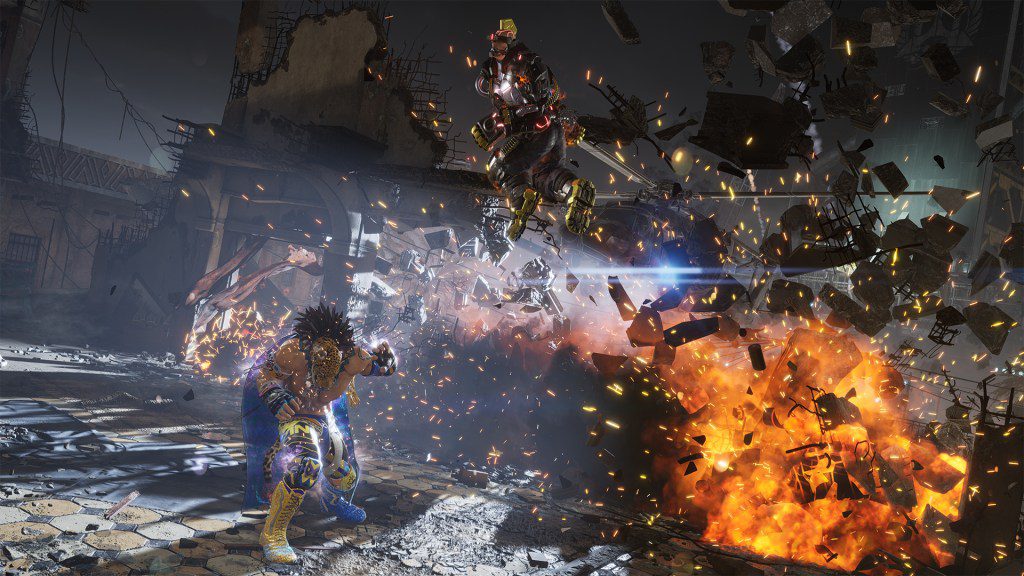
Online play has become one of the most vital factors in the longevity of ‘Tekken’
Bandai Namco
Additionally, when older Tekken games were released, the communities were much more localized as online play and features weren’t nearly as robust as they are now. Players would be done with the games earlier, perhaps because they were only playing with their immediate circles. But with technological progress and the rise of esports, modern gaming has completely changed. Communities have become global and can share their experiences with each other instantaneously across the world.
“You have a competitive element in a world tour, and there’s a lot more flux between different communities playing against each other,” Murray explains. “The strategies evolve along with those interactions, so players are able to gain more enjoyment from the game for longer.”
What comes next?
It’s not just new fighting games that are getting excitement from fans, but also retro ones as well. For example, Capcom is releasing Marvel vs Capcom Fighting Collection: Arcade Classics later this year, which includes eight classic fighting games from its Marvel crossover subseries from the nineties into one modern version. Older Tekken games, namely the ones from the original PlayStation and PlayStation 2 eras, aren’t readily accessible on modern platforms.
Murray explains that it’s difficult to keep older games playable throughout different generations due to aging online infrastructure and hardware. When asked about the possibility of releasing some sort of classics collection featuring older Tekken games like Capcom does with Street Fighter, Murray said that they’re focused on the present.
“We’re always trying to think of the best way to make these games available to a newer audience. Probably some of the younger kids who joined from Tekken 7 or 8 have never even touched [Tekken] 1, 2, or 3.”
But for now, Bandai Namco’s top priority is Tekken 8. The game has an official partnership with the restaurant Chipotle, where players can earn in-game currency if they order food through the restaurant’s app or website. However, there’s been another restaurant associated with the Tekken series.
Harada went viral earlier this year when he asked about why so many fans were requesting to put a Waffle House stage in Tekken. There have been memes created surrounding the fact that fights have broken out at various Waffle House locations, and that they stay open even during natural disasters. While IHOP and Denny’s have seen their fair share of fights, Waffle House takes the crown for being the top destination for late night restaurant brawls — a colloquial joke that remains lost on the game’s director, who took to X (formerly Twitter) to ask his followers to explain. Waffle House’s chaotic lore sounds like a match made in heaven for a fighting series like Tekken.
Is there a possibility for some sort of collaboration between Tekken and Waffle House in the future? Both Murray and Harada smirk.
“We only eat Chipotle,” Murray says. “We’ve never been to any other restaurants, just Chipotle.”
During the Tekken 8 finals at Evo 2024, Bandai also announced the next character on the game’s season pass: the seemingly death-proof Heihachi Mishima. He’s the original big bad of the series, and both Murray and Harada previously confirmed that he definitely died after the events of Tekken 7 when his body was thrown into a volcano.
However, as seen in his reveal trailer, Heihachi is in battered clothing, lava surrounding him, and reintroducing himself with a thunderous cry. It seems like the Tekken team can’t just let him go.
“We wanted to have a final conclusion to the story in Tekken 7 with the arc between Heihachi and Kazuya. So it made sense to have him seem to die at that point.”, Harada explains. “After Tekken 8 released we saw fans were really engaged with the story, and they missed him. We missed him too.”
Of course, the Tekken team is proud that its latest game has such a presence at Evo this year, and Harada is also excited about the future of fighting games, especially with its closest rivals like Street Fighter 6 and Mortal Kombat 1 being so new. 2025 is going to have the revival of SNK’s Fatal Fury series as well as Riot’s first foray into the genre with 2XKO.
However, Harada also wonders why there are still so many 2D fighting games. What makes Tekken stand out is that it’s a 3D fighter, meaning players can sidestep to avoid attacks, literally adding another dimension to its gameplay. He wants another fighting game franchise to go toe-to-toe with Tekken in that realm, and has even teased that he’d be open to a crossover with Sega if it ever announced the sixth entry in the fellow 3D fighting series, Virtua Fighter.
“Why are they all 2D fighters? From very indie games to all the way up to these major ones like Street Fighter,” Harada asked. “Why has no one challenged Tekken with a 3D competitor? It’s something that’s quite puzzling for [me].”


